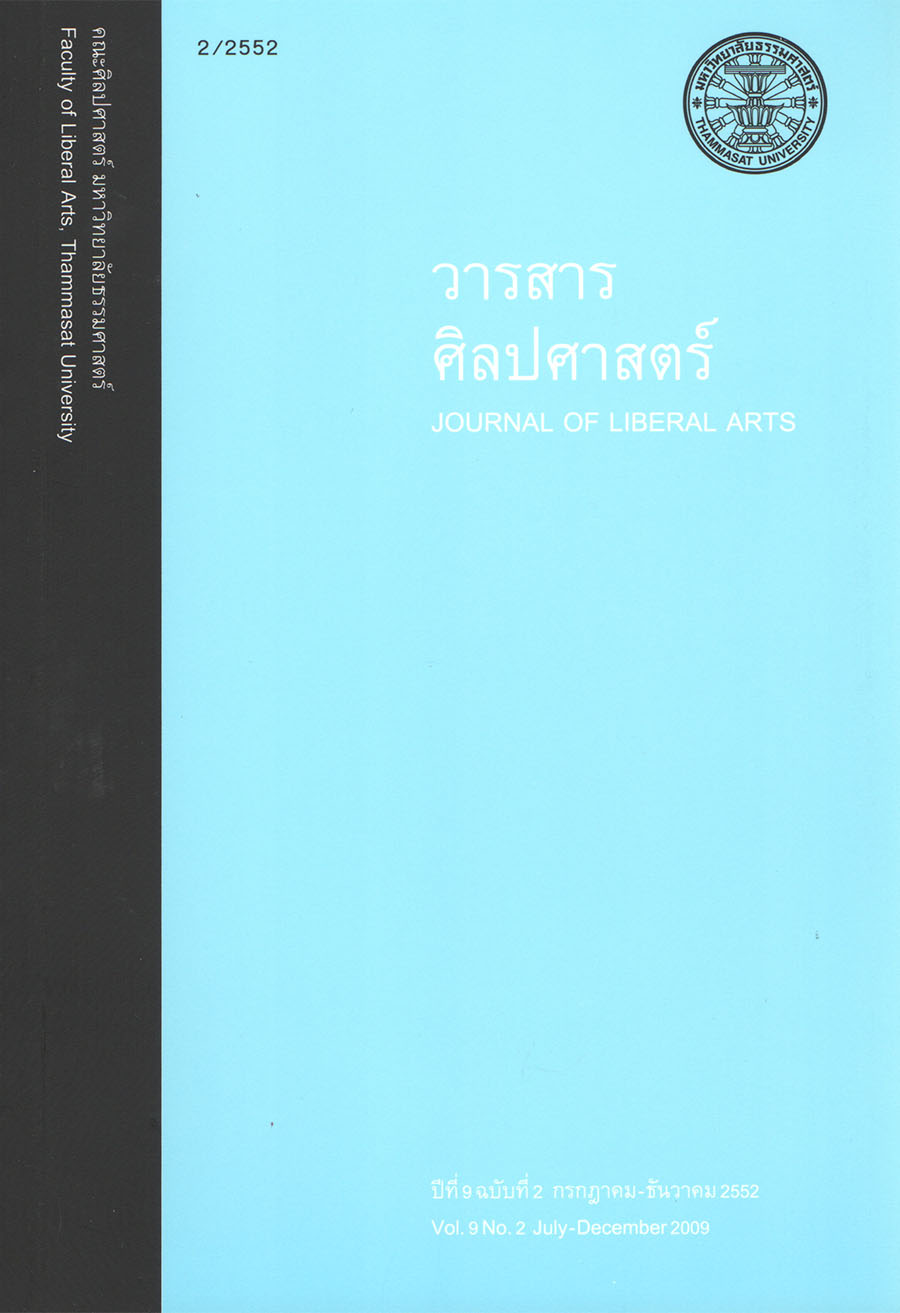ความรุนแรง: มุมมองจากพุทธศาสนา
Main Article Content
บทคัดย่อ
ปัญหาที่มนุษยชาติต้องเผชิญอยู่ในโลกปัจจุบันอาจสรุปลงได้ว่าเป็นปัญหาความรุนแรงที่โยฮัน กัลป์ตุง (Johan Galtung) แบ่งออกเป็น 3 ระดับ ได้แก่ 1) ความรุนแรงทางตรงหรือความรุนแรงทางกายภาพ (direct violence) 2) ความรุนแรงเชิงโครงสร้าง (structural violence) และ 3) ความรุนแรงเชิงวัฒนธรรม (cultural violence) ซึ่งความรุนแรงทั้ง 3 ระดับนี้ เมื่อมองจากมุมมองของพุทธศาสนาพบว่ามีความสัมพันธ์กับอุปาทาน (ความยึดมั่นถือมั่น) 4 ประเภท ได้แก่ 1) กามุปาทานคือความยึดมั่นในกาม (clinging to sensuality) 2) ทิฏฐุปาทานคือความยึดมั่นในความเห็นหรือลัทธิ (clinging to views) 3) ลีลัพพตุปาทานคือความยึดมั่นในข้อปฏิบัติ (clinging to mere rules and rituals) และ 4) อัตตวาทุปาทานคือความยึดมั่นในความเชื่อเรื่องอัตตา (clinging to the ego-belief) กล่าวคือ ความรุนแรงทางตรงและความรุนแรงเชิงโครงสร้างมีอุปาทานเป็นสาเหตุรากเหง้า ในขณะที่ความรุนแรงเชิงวัฒนธรรมคืออุปาทานในกลุ่มทิฏฐิทั้ง 3 ประเภท ได้แก่ ทิฏฐุปาทาน สีลัพพตุปาทาน และอัตตวาทุปาทาน
All human problems in the world today may be considered to be problems of violence. Violence, as classified by Johan Galtung, takes place on three levels: direct violence, structural violence, and cultural violence. From the Buddhist perspective, there are correlations between the three levels of violence and the four kinds of “upādāna” (clinging): kāmupādand (clinging to sensuality) ditthupādāna (clinging to views) silabbatupādāna (clinging to mere rule and ritual) and attavādupādāna (clinging to the ego-belief); that is, the first two kinds of violence (direct violence and structural violence) have upādāna as their root-cause, and cultural violence is, by itself, upādāna in the ditthi aspects (i.e. ditthupādāna, silabbatupādāna, and attavādupādāna).


